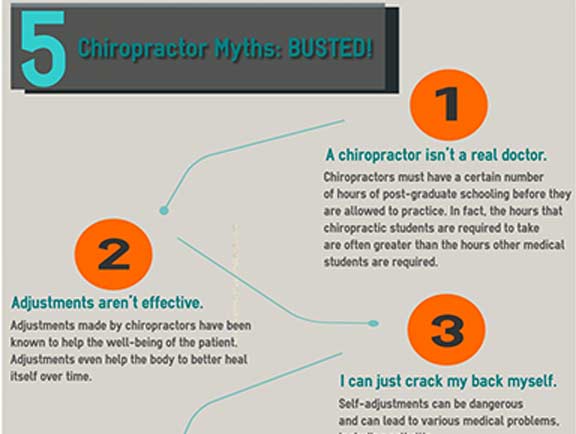Preserving appropriate pose and staying clear of common challenges in daily activities can substantially impact your back health and wellness. From just how you sit at your desk to just how you lift hefty things, tiny adjustments can make a big difference. Visualize a day without the nagging neck and back pain that impedes your every move; the remedy may be simpler than you believe. By making a few tweaks to your everyday habits, you could be on your means to a pain-free existence.
Poor Pose and Sedentary Lifestyle
Poor position and a sedentary way of life are two significant contributors to neck and back pain. When you slouch or hunch over while sitting or standing, you put unneeded pressure on your back muscle mass and spine. This can cause muscular tissue discrepancies, stress, and eventually, chronic back pain. Furthermore, sitting for long periods without breaks or exercise can compromise your back muscle mass and bring about tightness and pain.
To combat poor stance, make a mindful effort to sit and stand straight with your shoulders back and aligned with your ears. Remember to maintain your feet flat on the ground and avoid crossing your legs for prolonged durations.
Including routine extending and enhancing exercises right into your day-to-day routine can likewise help boost your stance and minimize neck and back pain connected with an inactive way of life.
Incorrect Training Techniques
Incorrect training techniques can dramatically contribute to back pain and injuries. When you lift hefty objects, keep in mind to flex your knees and utilize your legs to raise, instead of relying upon your back muscular tissues. Prevent twisting your body while training and keep the object near to your body to lower pressure on your back. click here for info to maintain a straight back and avoid rounding your shoulders while lifting to avoid unnecessary pressure on your spinal column.
Always assess the weight of the object prior to lifting it. If it's too heavy, request help or usage devices like a dolly or cart to transfer it safely.
Keep in mind to take breaks during raising tasks to provide your back muscular tissues a chance to rest and stop overexertion. By implementing proper training strategies, you can prevent neck and back pain and decrease the danger of injuries, ensuring your back stays healthy and balanced and solid for the long term.
Absence of Routine Exercise and Extending
A less active way of life lacking regular workout and extending can substantially add to neck and back pain and discomfort. When you do not participate in exercise, your muscular tissues come to be weak and stringent, causing poor position and raised stress on your back. Regular workout assists reinforce the muscle mass that sustain your spinal column, enhancing security and lowering the threat of back pain. Incorporating extending into your regimen can likewise improve flexibility, avoiding rigidity and discomfort in your back muscular tissues.
To prevent pain in the back caused by a lack of workout and stretching, go for a minimum of 30 minutes of moderate physical activity most days of the week. Consist of exercises that target your core muscular tissues, as a strong core can aid alleviate pressure on your back.
In addition, take breaks to extend and move throughout the day, especially if you have a desk task. Easy stretches like touching your toes or doing shoulder rolls can aid eliminate tension and avoid neck and back pain. Prioritizing normal exercise and stretching can go a long way in maintaining a healthy back and lowering discomfort.
Verdict
So, bear in mind to sit up directly, lift with your legs, and stay active to stop pain in the back. By making https://uppercervicalchiropractor28406.dgbloggers.com/31054715/beginning-to-integrate-fundamental-strategies-that-will-help-in-improving-your-posture-and-easily-minimizing-neck-pain-throughout-your-everyday-tasks to your daily routines, you can stay clear of the discomfort and constraints that come with pain in the back. Care for your spinal column and muscular tissues by practicing excellent pose, appropriate training methods, and regular workout. Your back will thanks for it!
